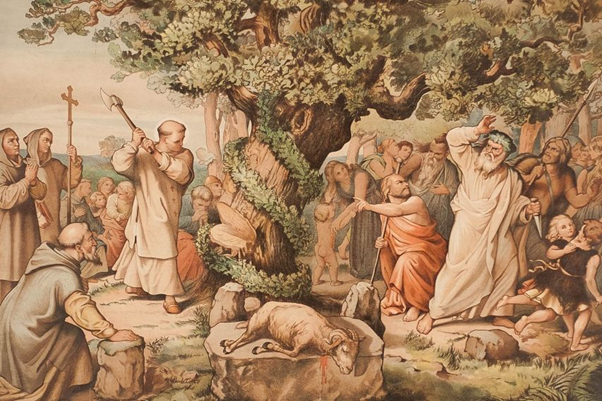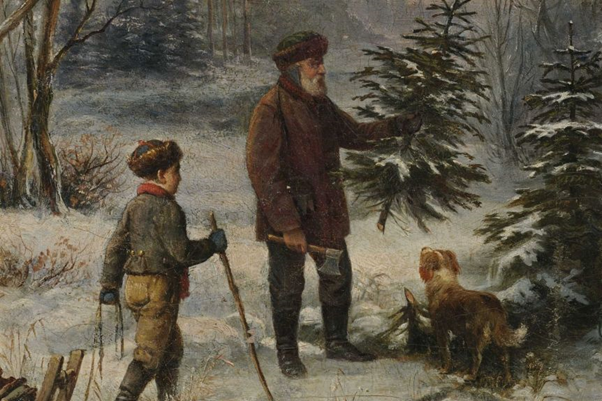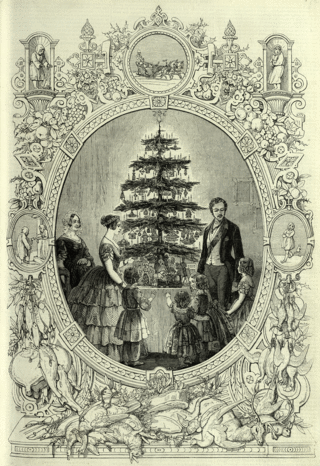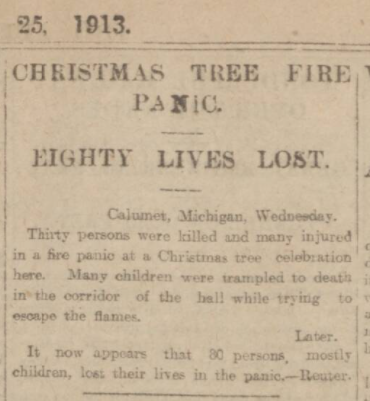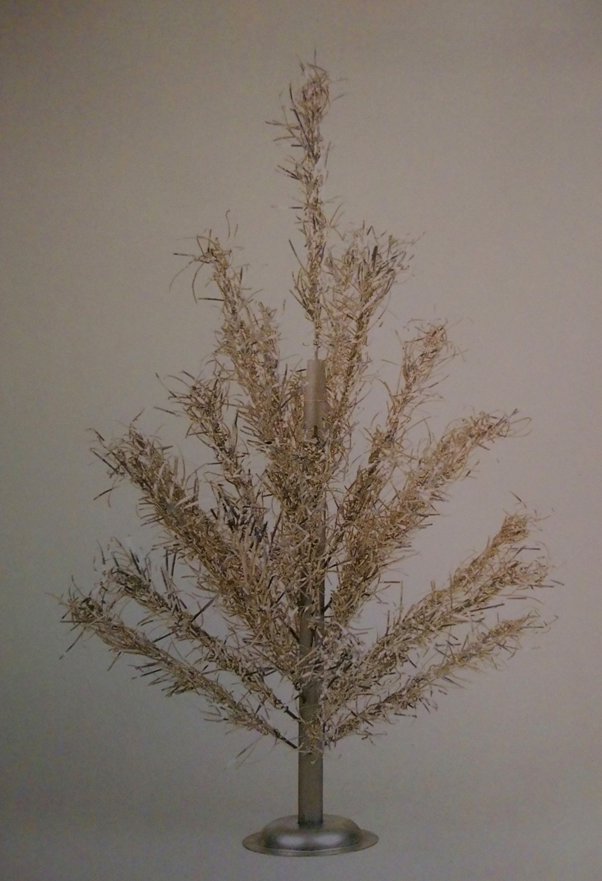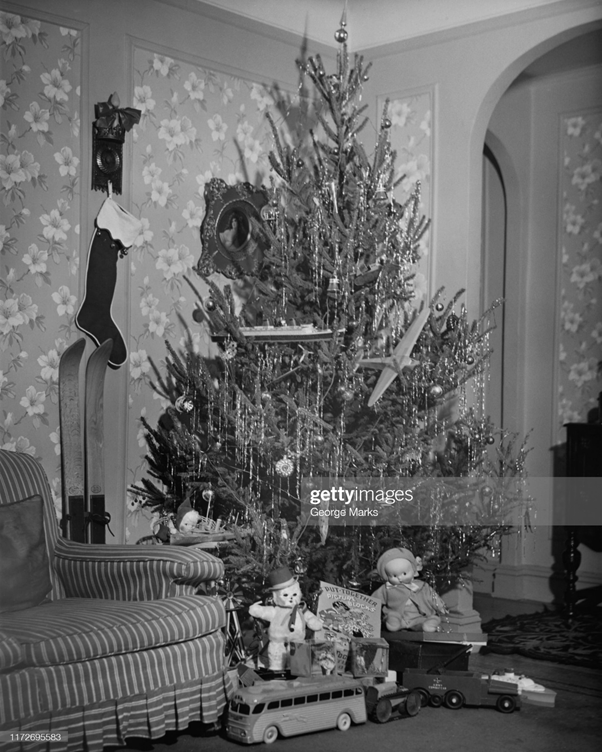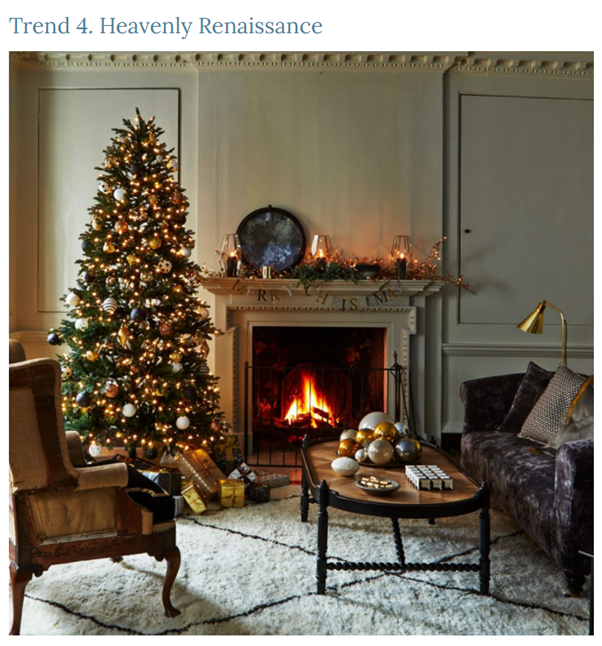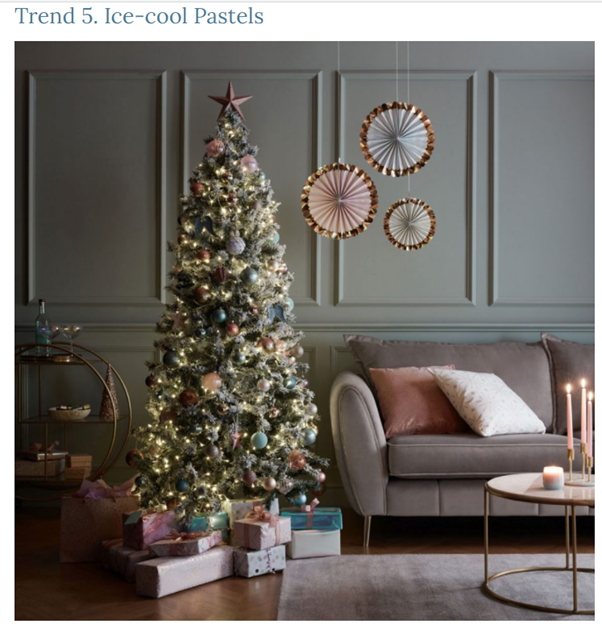Although there are claims that the origin of Xmas trees lies in pagan traditions, it probably comes from medieval Germanic traditions of using trees to tell religious stories, especially around Adam & Eve. Christmas Eve was the feast day for Adam & Eve. #HouseHistoryHour
From there Germans began bringing greenery into their homes to decorate their homes at Xmas. In the early 19th century some German migrants brought that tradition to Britain. #househistoryhour
One migrant was Prince Albert. After the Illustrated London News printed this picture trees quickly became very popular amongst the middle classes. The picture’s from 1848, 5 years after the publication of A Christmas Carol. Xmas was becoming fashionable! #househistoryhour
Their popularity spreads but cost meant working class families usually did without or had small ones that went on a table/sideboard. Trees’ German association meant WW1 saw their popularity fade briefly. Candles by paper decorations were a real fire threat too.
Between the wars the first artificial trees appeared, although real ones became easier to get hold off too as the new Forestry Commission planted conifers. Seeing trees on newsreels spread their popularity too. The 1st public trees appeared at rail stations.
Not until the 1950s does having a Christmas tree becomes the norm in British homes. By then families were better off and the postwar housing boom meant many had more space to have a proper tree. #househistoryhour

 Read on Twitter
Read on Twitter